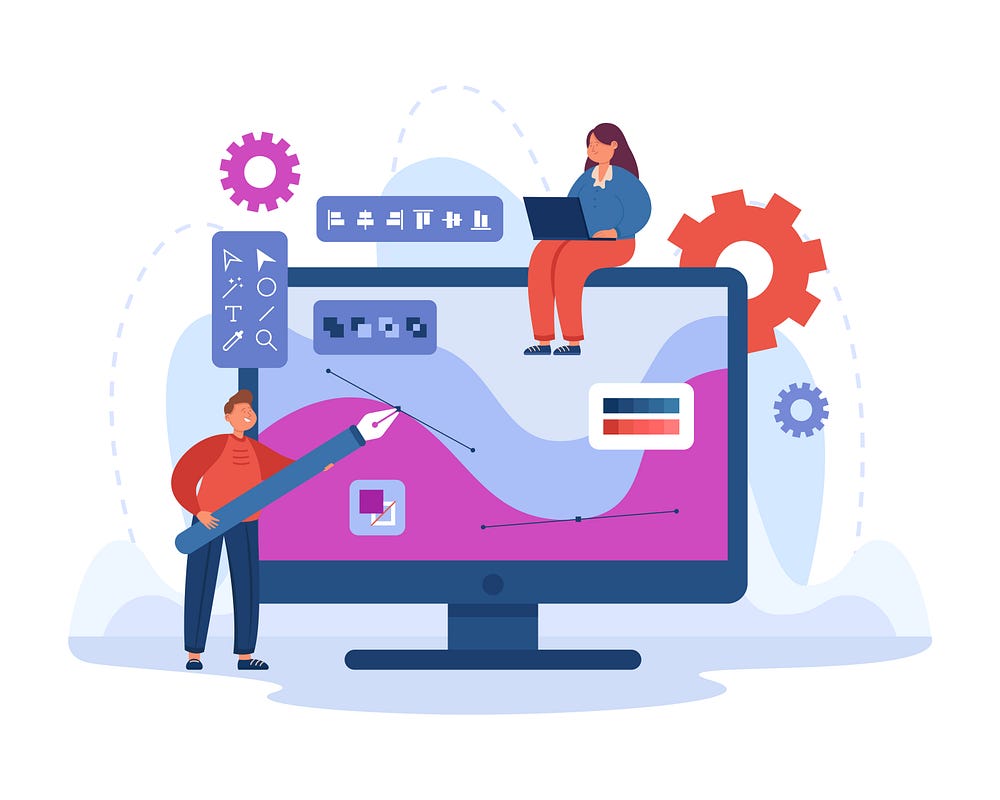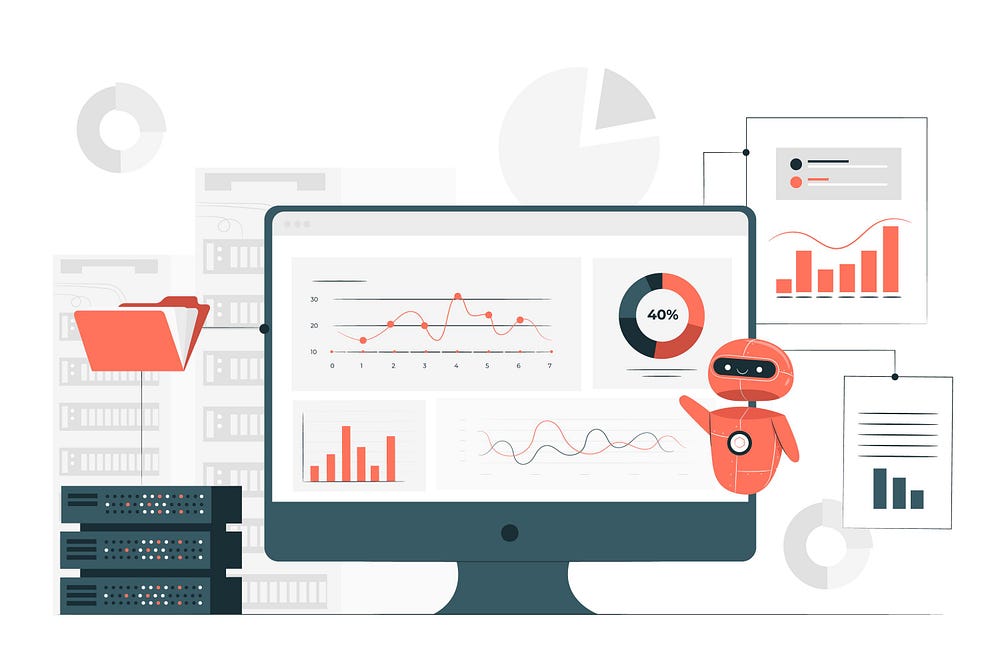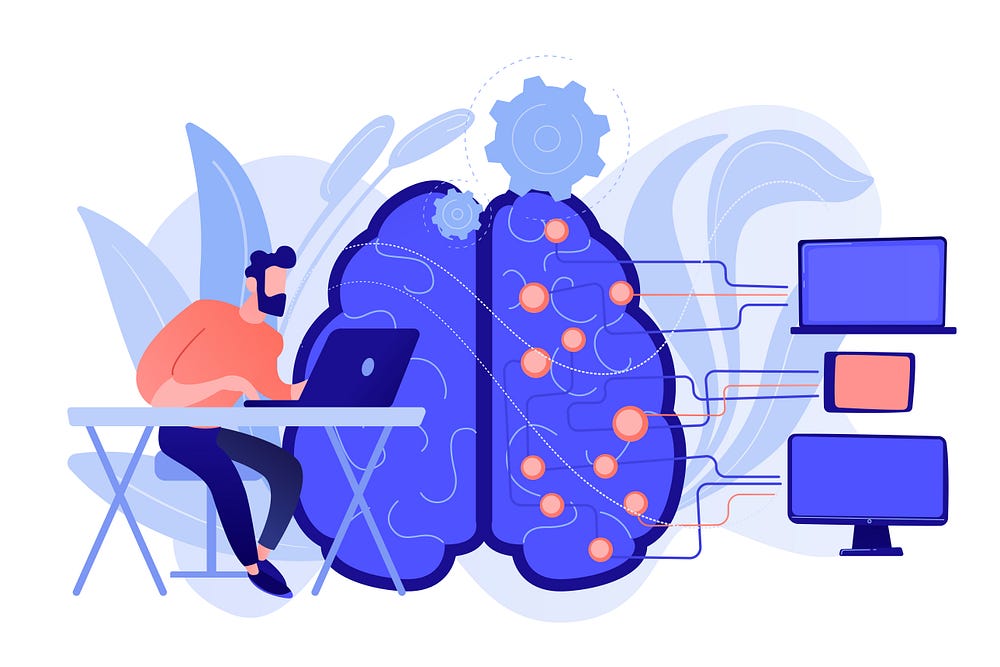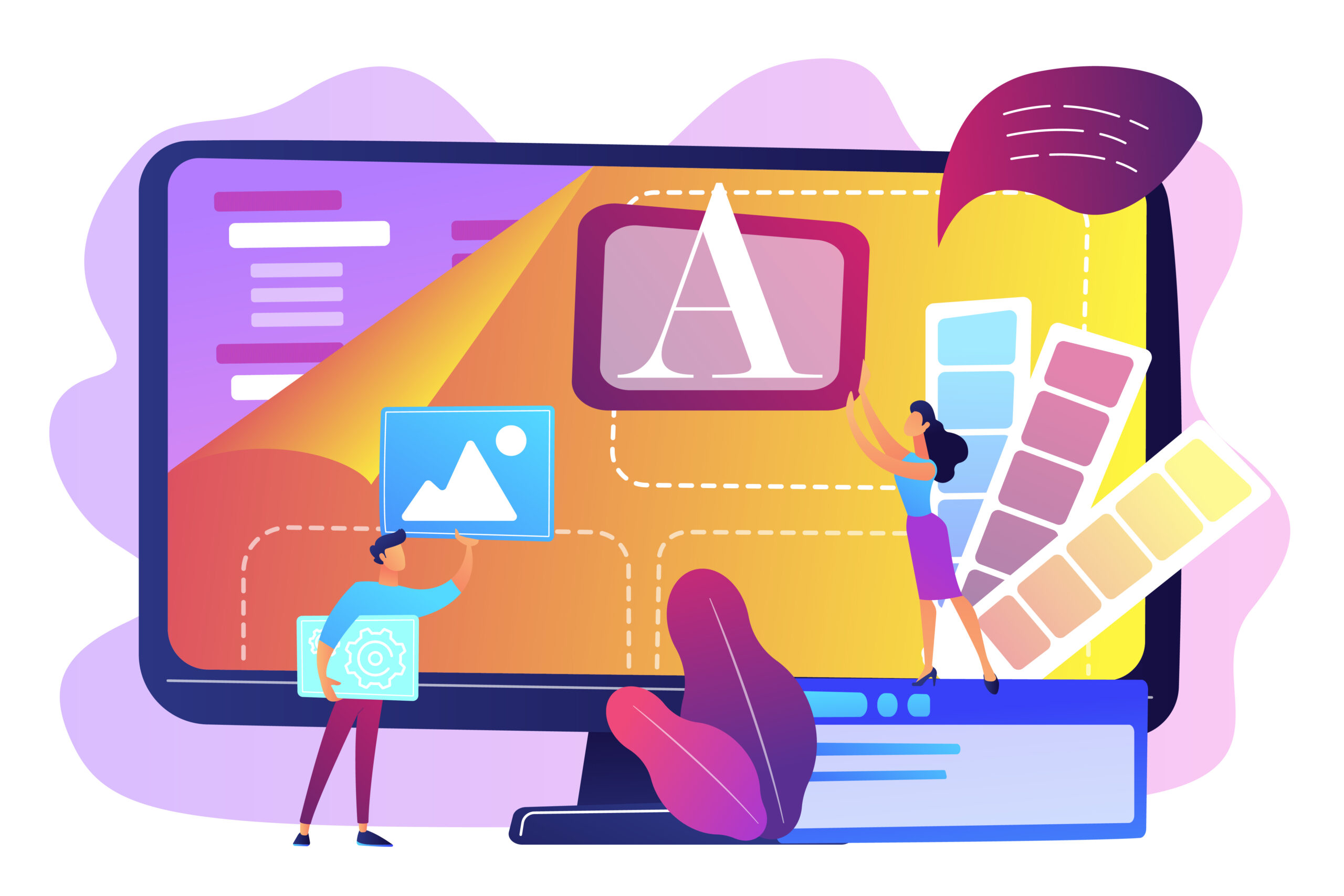Why You Should Care About No-code Trends in 2023?
According to Gartner, Inc, 50% of medium to large enterprises are expected to adopt a low-code or no-code development as one of their strategic application platforms by 2023. Gartner also predicted that 65% of the app activity will result from no-code development by 2024. This trend isn’t coming as a surprise, considering that a lot of developers and stakeholders in the developing world believe that the future of coding is no coding at all.
The current wave of digitization sweeping across the globe does come with benefits for both developers and end-users, which is the main reason why no-code development has become a growing global trend. For developers, they can now shift attention from less complex tasks and focus their energy and time on more critical business projects. For the end user, they can perform custom app developments with little or no coding experience.
Indeed, when analyzed in light of the COVID-19 pandemic, a key lesson that businesses can take away from the low-code and no-code app development philosophy is that digital transformation has come to stay. Subsequently, small and mid-sized businesses are now leaning toward technologies powered by automation (such as low-code and no-code) because they make their processes faster and more efficient. Wondering if you should leverage no-code in your app and web development processes in 2023?
Here are no-code trends to watch out for in 2023.
Enhanced Project Design

One of the main benefits of low-code and no-code development is that it enables web developers to enhance the design of their projects without spending too much time. Unlike having to build a site from scratch, developers (and even business owners with little experience in web development) can create professional-looking sites using numerous templates, site sections, and widgets. They can even design websites at scale when combined with intuitive web building and content management systems like WordPress and Shopify.
These platforms also allow users to make a library of templates, to use in the future for any project, which saves a lot of time. Even with low-code and no-code, users can still code if they have the skills and want to, or learn JavaScript, CSS, HTML, and APIs.
Data Harmonization

In order for business processes and applications to remain agile, there has to be an optimal use of data. Many organizations collect data but fail to analyze the gathered data for efficient decision-making. And in the fast-changing global business environment, optimal use of data is important for remaining agile. In 2023, experts predict that many more organizations that store data in silos that are inaccessible to concerned departments and personnel will embrace data unification to enable them to achieve their business goals. Many companies now realize the harmful impacts of data silos and are beginning to harmonize new and archived data for enhanced business efficiency and improved decision-making.
Faster Web Development Training
Because of low-code and no-code web development, teaching web and app development is a lot easier. Online learning centers and online universities now offer courses that allow newbies to become a developer in a matter of hours. This is because a large amount of time spent in front of the screening learning coding has been drastically reduced. People who are curious and motivated enough to take a career in web development can simply undergo rapid training and learn other critical web development skills on the job.
As the low-code and no-code media continue to expand, we can expect that in 2023, more people will likely pick up development skills. Hence, the time spent learning code will be better spent earning. Gartner forecasted that the number of active citizen developers at large companies will be 4X the number of professional developers by 2023.
Enhanced agility and Increased Productivity
Another obvious impact of low-code and no-code development is rapid innovations, enhanced agility, and higher productivity. Low-code/no-code platforms require minimal to no coding, which means that business executives and individuals with little or no coding experience can develop custom applications and functional websites very quickly.
The global low-code platform market is expected to generate more revenue in 2023 and in subsequent years. By 2030, it is forecasted to generate up to $187 billion, increasing from $10.3 billion in 2019. In fact, a survey conducted by Statista found that companies using low-code recorded higher revenues by 58% while reducing their development time by as much as 56%. As the adoption of no-code continues to grow, Gartner has also hinted that it will likely lead to the accomplishment of 80% of the coding tests by 2024.
Generative Artificial Intelligence

The concept behind generative artificial intelligence is to create completely new content and artifacts that look very much kike the original using existing content. Generative AI entails the use of unsupervised and partially-supervised machine learning algorithms that allow computers to use existing content, such as text, audio, videos, images, and lines of code to create new possible content. In 2023, it is expected that generative AI will impact areas, such as entertainment, virtual reality, metaverse avatars, NFTs, etc.
Increased Use of White label
Low-code and no-code promote white-labeling. Thanks to white-labeling, companies can retain their brand identity across client-facing apps. White-label apps allow businesses to create their own custom apps with very minimal investment in time and resources. For example, businesses do not need to build websites from scratch, since combining a low-code or zero-code platform allows for the creation of custom sites very quickly.
SaaS platforms, freelance web designers, and web design agencies use white-labeling to improve their effectiveness. Generally, integrating and using white-label solutions offered by other companies increases productivity, sales, and customer satisfaction. Since it saves time, engineering teams can focus more on more critical services.
A Codeless Future

No-code development is easier, less stressful, and faster. In 2023, we can expect to see more people become web developers. No-code platforms even provided enterprise-grade security, and the fact that development is now easier makes website development more accessible and more straightforward in subsequent years.
Title image credits: Image by vectorjuice on Freepik

